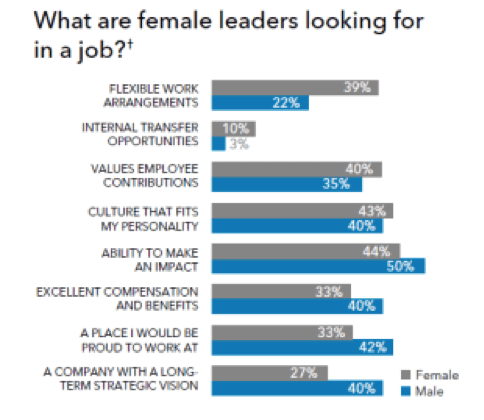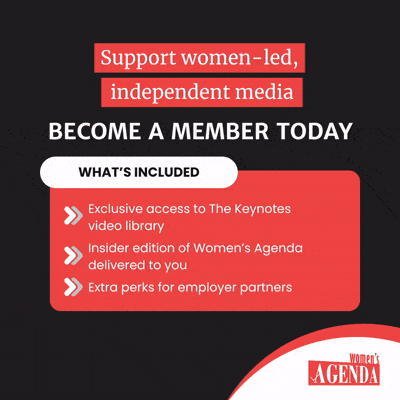As the largest online professional network with over 300 million members globally, LinkedIn is home to a diverse range of professionals at varying stages in their career.
Our most recent Talent Pool Report on Female Leaders in Australia and New Zealand 2014 draws out some key facts from over six million Australian and one million New Zealand members.
By looking at these Talent Pool results we can provide insights as to how a businesses’ ‘Talent Brand’ can build stronger connections with female leaders.
Australian businesses with a strong online presence attract better candidates and retain new hires for longer, lowering the rate of short term resignations and deceasing associated costs. We know that a strong Talent Brand reduces cost per hire by up to 50% and lowers turnover rate by 28%, a significant cost saving to any businesses bottom-line.
So in this increasingly competitive recruitment field, to attract and match talent, your businesses Talent Brand now matters more than ever. So how can businesses use it to attract more women?
Here’s what we learnt from our Talent Pool Report on Female Leaders in Australia and New Zealand 2014
• 30% of female members in ANZ hold leadership positions (Director or higher)
• Those with 5 to15 years work experience hold 25% of leadership positions, while those with 25 to 30 years experience hold just 18%
• TED Conferences; Tourism Australia; Bauer Media; Network Ten; and Australian Department of Health are the most followed companies
The most poorly represented industries for Female Leaders in ANZ include:
• Architecture
• Automotive
• Insurance
• Mining
The key features female leader are looking for in a job include:
• Ability to make an impact
• Culture that fits my personality
• Values employee contributions
The top skills and keywords that are unique to female leaders include:
• Workshop Facilitation
• Teaching
• Event Planning
• Human Resources
• Staff Development
Interestingly, a comparative analysis of preferred job features based on gender brought to light some key differences. (See graph below)
From these results it’s clear that companies looking to increase the percentage of female leaders in their workplaces should be focusing recruitment messaging on their policies for flexible work arrangements, internal transfer opportunities and valuing employee contributions in order to enhance their talent brand.
How LinkedIn helps businesses showcase their Talent Brand
Traditionally, employment branding referred to a company’s positioning and messaging about what it’s like to work there. But social media has changed this landscape. The online social world has taken the brand from the hands of the employer and put it in the hands of the talent, both current and potential. A businesses Talent Brand is encapsulated in the employee response to a very simple question: how would you describe your employer?
To relay the culture of your company in an authentic way using social media, these are some of the tools to use.
• Employee Profiles. The most popular member activity on LinkedIn is reviewing member profiles and connecting. Therefore, companies can leverage their employees’ member profiles and status updates to showcase expertise which builds credibility. Similarly, employee profiles provides an increased level of transparency with 70% of employers rejecting a job candidate because of information they have found about that person online.
• Company and Career Pages. These pages are where members go first to learn about a company’s culture and job openings. Companies should regularly update their pages with videos, banners, photos and employee spotlights.
• Sponsored Groups. Most LinkedIn members join multiple groups to engage in meaningful conversations. Companies can sponsor groups aimed at certain demographics, like teachers based in WA or a university targeting professional alumni
• Work With Us. These ads showcase Talent Brand messaging and/or job opportunities directly to their employees’ member profiles and are personalised for each viewer.



